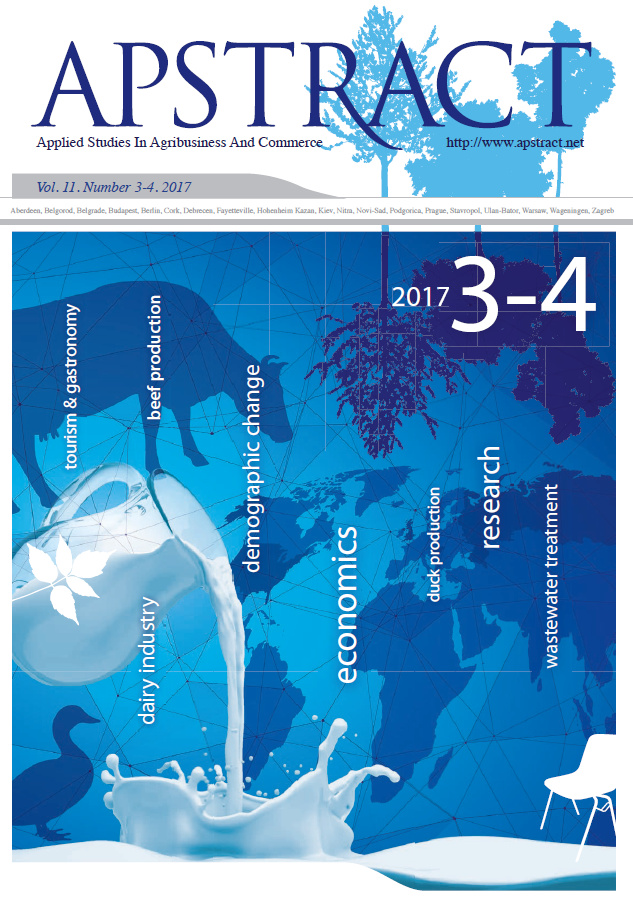Infrastuctural background of the everyday physical education in Hungarian high schools
Authors
View
Keywords
How To Cite
Abstract
The Hungarian government is dedicated to supporting a healthy and sporty life-style, thus in the past years the number of initiatives directed to publicizing and promoting sports has increased considerably. The new Law of Public Education has put the emphasis on physical education and on organizing other sport events in schools. This led to the introduction, in a phasing-out manner, of the every-day physical education (PE).
We were interested to know the infrastructural background of PE including the number and size of sports halls available for the students, how many classes can they accommodate at the same time, and when were they constructed. To this end a survey was conducted through telephone, contacting 200 high schools in 19 counties of Hungary. Do the schools have their own swimming pools, or do they conduct after-hours sports events. Data were analyzed using the EvaSys program.
The time of construction of the schools and their sports halls spans a wide range between the years 1530 and 2005. So do the number of students, between 150-1200. Nineteen of the schools have none, 67% has one, and 18.8% two sports halls. The size of these halls is also very variable, while in some schools it is only 25 m2, in others it can be as large as 2295m2. In most cases the halls can accommodate one or two classes in parallel. Afternoon classes are held in 87% of the schools, and include basketball, fencing, and soccer, among others. However, only eleven of the interviewed high schools have swimming pools. Research has called the attention to the fact that the exercise of Hungarian youth is too little. This puts the emphasis on the promotion of physical activity in schools. While there are large differences in the infrastructural background in the schools involved in the survey, they all strive to conduct after-hours sport events.


 https://doi.org/10.19041/APSTRACT/2017/3-4/5
https://doi.org/10.19041/APSTRACT/2017/3-4/5




